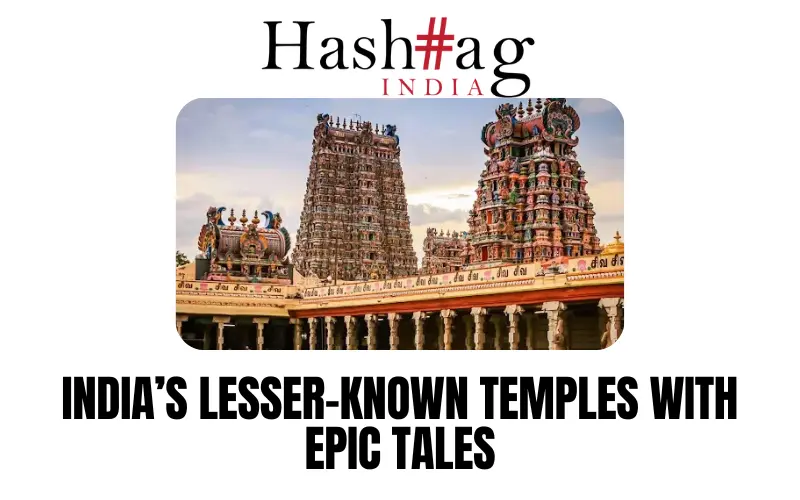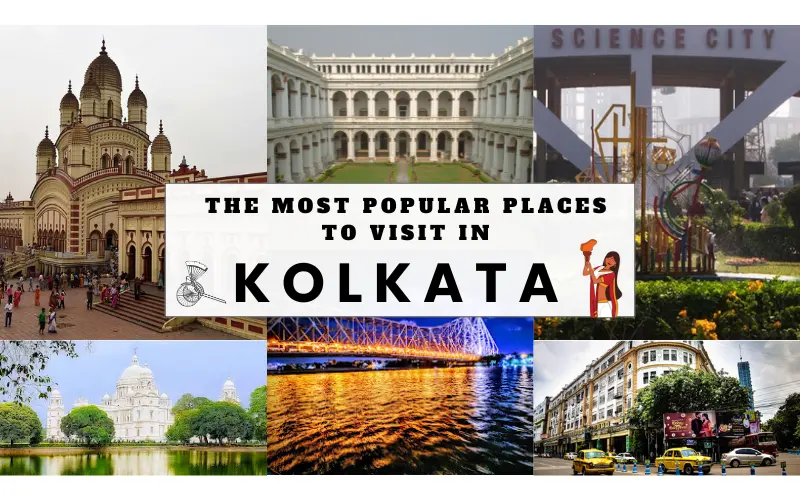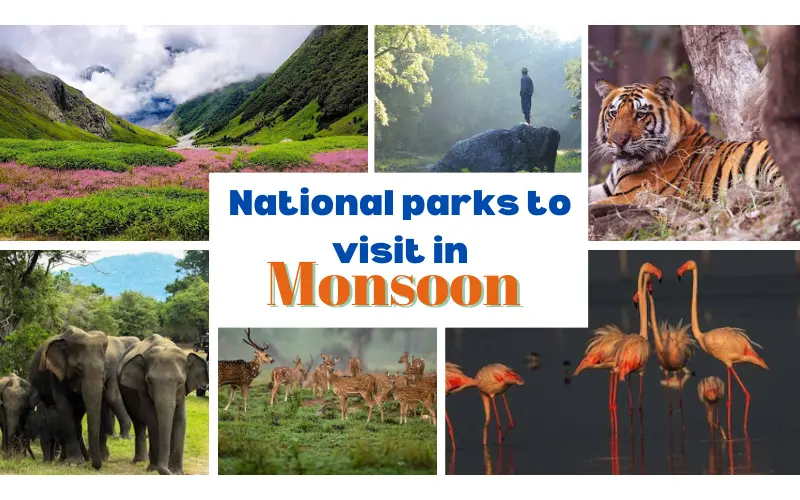It is no surprise that in a land as ancient as India, there remain puzzles that are beyond our understanding. P. Manisha goes on a quest to bring the best of India’s unsolved mysteries in this edition. Keep reading to learn about the tales that still remain myths.
- India’s Illuminati- The Nine Unknown
A secret society was believed to have been formed by Emperor Ashoka about 2,000 years ago, these nine men unknown to anyone else, are the keepers of grave information that might be dangerous to humanity if it fell into the wrong hands.
According to the legend, each of the nine men is tasked to maintain their knowledge in a book, and when one becomes incapable of continuing, the mantle is passed on to a carefully chosen replacement. Microbiology, Propaganda, Cosmology, Physiology, Sociology, Alchemy, Light, Communication, and Gravity are a few of the subjects of research in this secret society.
It is believed that the Nine Unknown still exist in secret and reveal their knowledge when the situation becomes intolerable like the Plague and Cholera endemics.

- Gyanganj- The Land of Immortals
Gyanganj, a strange region in the Himalayan valleys believed to resemble the structure of a lotus, is a mysterious land unknown to anyone and undiscovered by technology. Some speculate that this location exists on another level of existence.
It is widely accepted that Gyanganj is the land of immortals that subtly direct the course of humanity based on the concept of karma.
The only anecdotes that provide support to this belief are the encounters described by Guru Sai Kaka, a spiritual leader and L.P. Farrel, an English army officer who claimed to have visited this mysterious land.

- The Himalayan Marvel- Magnetic Hill of Leh.
This mystery can be discovered on a tiny road stretch 30 kilometres from Leh. A stationary vehicle parked on this road moves uphill defying the laws of nature, earning the name of ‘The Himalayan Marvel.’
Though scientific ideas such as the magnetic field theory and the optical illusion theory exist, the locals believe in a much more exciting tale of a road heading to heaven for all people who have been granted karmic sanctions, while those who have bad karma will never be able to be pulled up.

- Kongka La Pass- UFO Sightings
Ever heard of Area 51? Well, Konka La Pass is India’s own Area 51 which is bordered between China and India. Both sides of the land have theories of unidentified flying objects and alien sightings according to the legends from the locals.
There is also a conspiracy of ghosts, which the locals believe are the soldiers martyred in the war between India and China.

- Cursed Village of Kuldhara
Kuldhara, famously known as the Ghost Village, has a great romantic-thriller mystery and legend behind the myth. The story goes like this, there was an evil Prime Minister in the village who fell in love with the daughter of the village head, and warned of dire consequences if she did not marry him. The people in the entire village left cursing the region. To date, no one can stay in the place without either going missing or experiencing paranormal activities.

- Aleya Lights, West Bengal
The Sundarban mangroves of the West Bengal are as haunted as they are beautiful and are a host to the mysterious Aleya Lights.
Aleya Lights occur around the world and are known by different names like will-o-wisps and jack-o-lantern. The fishermen of these swamps believe that these lights drown those that approach them and are the spirits of the dead fishermen who lost their lives in the swamps.
The positive side though, according to the myth, is that some lights also lead the fishermen to safety.

- Son Bhandar Caves- The mysterious entrance to the treasure of Gold
The literal translation of Son Bhandar is the store of gold. The entrance of the cave leading to the treasure remains hidden and believed to be opened by a password inscribed on the cave wall that is yet to be decoded. Anyone who can solve the password can enter the cave and bag the treasure.
A black mark can be found on the mysterious doorway that is said to have resulted from a cannonball which the British launched in their quest to enter the cave.

- Alien Rock Paintings, Charama.
The Charama region of Chattisgarh is host to a 10,000-year-old rock painting depicting UFOs and aliens. According to the local stories, ‘rohela people’ used to land from the sky and take away the villagers, who were never seen again.
Sounds similar to the stereotypical alien abduction in flying saucers. The pictures in the painting are shown to have been wearing something similar to space suits. These ancient paintings are thus believed by scientists and archaeologists to be a representation of an alien race.

- Bicycle Sculpture- Panchavarnaswamy Temple.
The temple was built around 2,000 years ago, and a video went viral showcasing a sculpture of a bicycle on the temple wall. Scientists and researchers were not able to explain these carvings. But there have been pieces of evidence and theories that suggest that the sculpture has been added to the temple during its renovations in the 1900s.
Whatever the case may be, it still remains a mystery; and the conspiracy theory of an Indian invention long before the proclaimed invention of the bicycle by the British is extremely intriguing.

- Mass Bird Suicide
In Assam, a place called Jatinda, every year in the months of September and October, migratory birds commit suicide. This intriguing phenomenon has piqued the interest of numerous ornithologists and remains a mystery unsolved by scientists and experts.
Only occurring on dark moonless nights, the birds get agitated in the night and dive towards the city lights and torches and eventually to their deaths. The locals believe that these birds might be vessels for evil spirits and also contribute to this killing spree.
The mystery here though is not the deaths of the birds, but their abnormal behaviour.






























